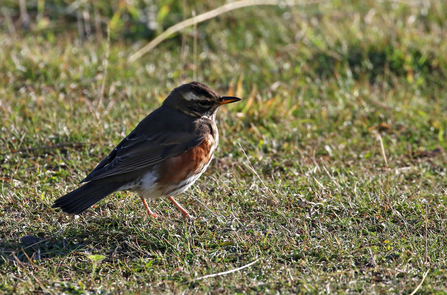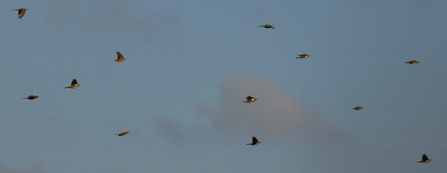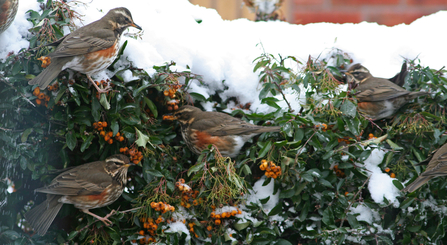“The fieldfare chatter in the whistling thorn”
...wrote John Clare (in Emmonsails Heath in Winter), the 19th century poet who beautifully illustrated the English countryside with his words. To me, the chacking of fieldfare in our hedgerows and the 'tseeping' of redwings overhead is the sound of autumn turning to winter. Yesterday I watched a flock of 150 or so fieldfare lift from a small copse that I can see from my window. Two or three landed in a tree a little distance away and the late afternoon light caught their peachy throats perfectly.
For several years on the trot I had a solitary fieldfare guard the apple tree in the garden, I often wondered whether it was the same individual returning year-on-year. The first choice for any hungry thrush are the worms and grubs that they can find in the fields but as this belly-filling food gets harder to find, apples and berries are the next best thing. 'My' fieldfare fought off other fieldfares, redwings, blackbirds and anything else that came close to the tree. What a lot of work!




